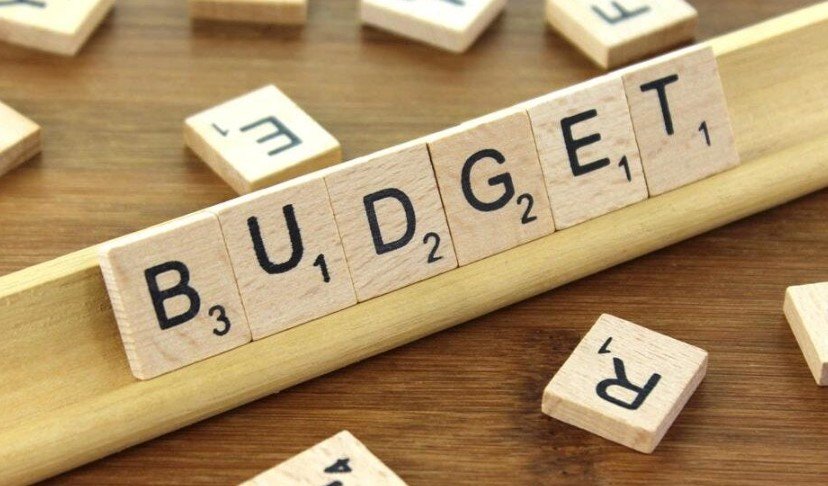A Strategic Move to Drive Growth Amid Economic Woes
In a bid to invigorate India’s struggling economy, the government has decided to make significant cuts to the income tax burden. The move is not just about relieving the common taxpayer but also aims to foster a broader economic revival through enhanced spending, saving, and investment. This decision comes at a crucial time when the economy has shown signs of slowing growth, and the government is keen on stimulating demand across all sectors.
Finance Secretary Tuhin Kanta Pandey shared insights with The Hindu on February 2, 2025, explaining the rationale behind this bold policy shift. The government’s target is clear: to fire up all possible engines of economic growth and empower individuals to make decisions that will directly impact the economy. By reducing tax burdens and adjusting tax slabs, the Centre hopes to encourage a surge in economic activity that will ripple throughout the entire country.
Tax Cuts to Spur Economic Activity
The announcement that annual incomes of up to ₹12 lakh will now be tax-free has been hailed as a significant step. This change, part of a broader tax restructuring plan, is expected to give an immediate financial relief to millions of taxpayers, freeing up disposable income for consumption, savings, and investments.

The tax overhaul will see a total of ₹1 lakh crore in lost government revenue, but Finance Secretary Pandey remains confident that this decision will stimulate growth in ways that are hard to measure right now. He believes that when taxpayers receive this benefit, they will contribute to the economy in diverse ways — through spending, investing, or saving — which will, in turn, fuel economic recovery. As he puts it, “The economy requires all kinds of engines to be fired,” signaling a shift in how the government sees economic recovery.
Pandey’s message centers around a critical point: trust in the people. The idea is that when taxpayers are empowered, they will drive the economy forward, relying on their wisdom to make decisions that benefit not just their individual finances but the national economic landscape as well.
The Centre’s Bet on Demand, Savings, and Investment
This strategic tax relief aims to address the deep-seated frustration felt by many due to the pressures of rising costs and stagnant wages. The government’s recognition of this ‘angst’ is central to its approach, reflecting a desire to act decisively to alleviate this burden.
However, beyond the immediate relief, the government hopes that these changes will lead to a long-term shift in economic behavior. By reducing the tax burden, the government anticipates a surge in consumer demand — a necessary step as businesses and industries have been grappling with a slowdown in consumption.
At the same time, the cuts are expected to have a dual benefit by encouraging savings and investment. With higher disposable income, individuals may opt to invest more in both financial and physical assets, which could provide a much-needed boost to sectors like housing, retail, and stock markets.
It’s also important to note that these changes are not just a direct stimulus but a confidence-building measure. The government’s trust in its citizens, particularly in their ability to contribute to the economy in a meaningful way, reflects a shift toward a more inclusive growth strategy.
Unforeseen Economic Ripple Effects
While the government is forecasting positive economic impacts, the real effects will take time to materialize. Economists and financial experts have varied views on how effectively these changes will stimulate growth, given the broader global economic context. India, like many other countries, is facing challenges including inflation, supply chain disruptions, and global market volatility.
However, some experts argue that this tax relief will have a disproportionately positive impact on small and medium-sized enterprises (SMEs). With greater financial freedom, consumers will have more to spend on local businesses, which may experience a resurgence in demand. SMEs, often seen as the backbone of India’s economy, stand to gain significantly from the expanded tax exemptions.
Furthermore, this move also aligns with the government’s larger plan to improve fiscal policy by simplifying the tax code and making it more equitable. Critics who have long argued for a rethinking of India’s tax system may see this as a step in the right direction, though questions about how sustainable this approach will be remain.
Broader Economic Context: Why This Move Matters Now
India’s economy has experienced periods of high growth in the past decade, but it has recently faced headwinds in the form of slowing demand, high inflation, and global economic uncertainties. While government intervention through various fiscal measures has been a recurring theme, the emphasis on boosting individual income and trust in public financial decision-making could be a turning point.
The tax cuts come at a time when the Reserve Bank of India (RBI) has also taken steps to lower interest rates to stimulate spending. Together, these measures may create a more favorable economic environment, where consumers and businesses alike are encouraged to contribute to economic activity.
This dynamic reflects a broader shift in economic philosophy — one that focuses on consumer empowerment and broader participation in economic recovery, rather than relying solely on large-scale government spending or corporate investment.
The real test will be how the tax cuts play out in the coming months, as their impact may be delayed but could be substantial if they manage to trigger a sustained recovery.
